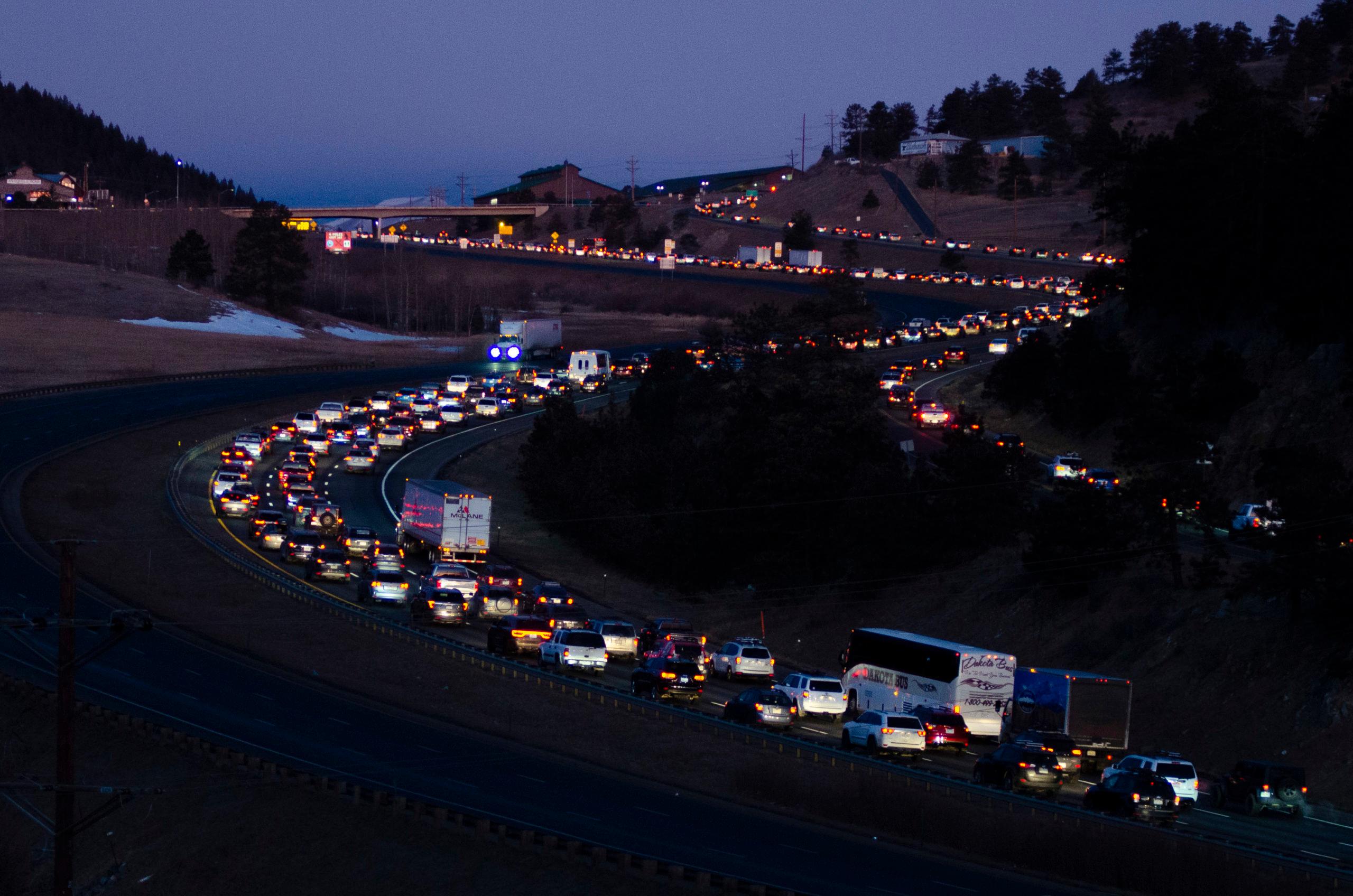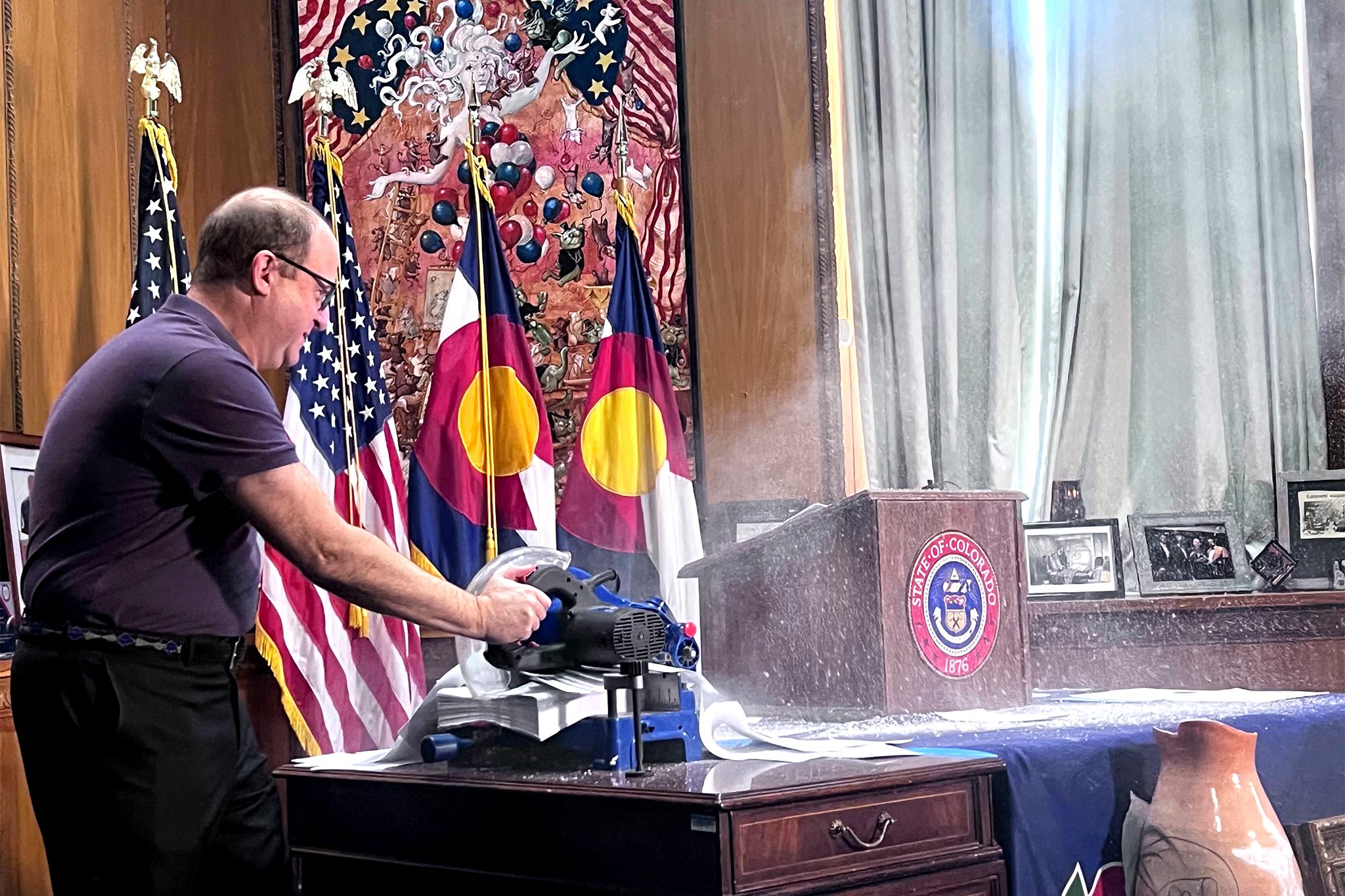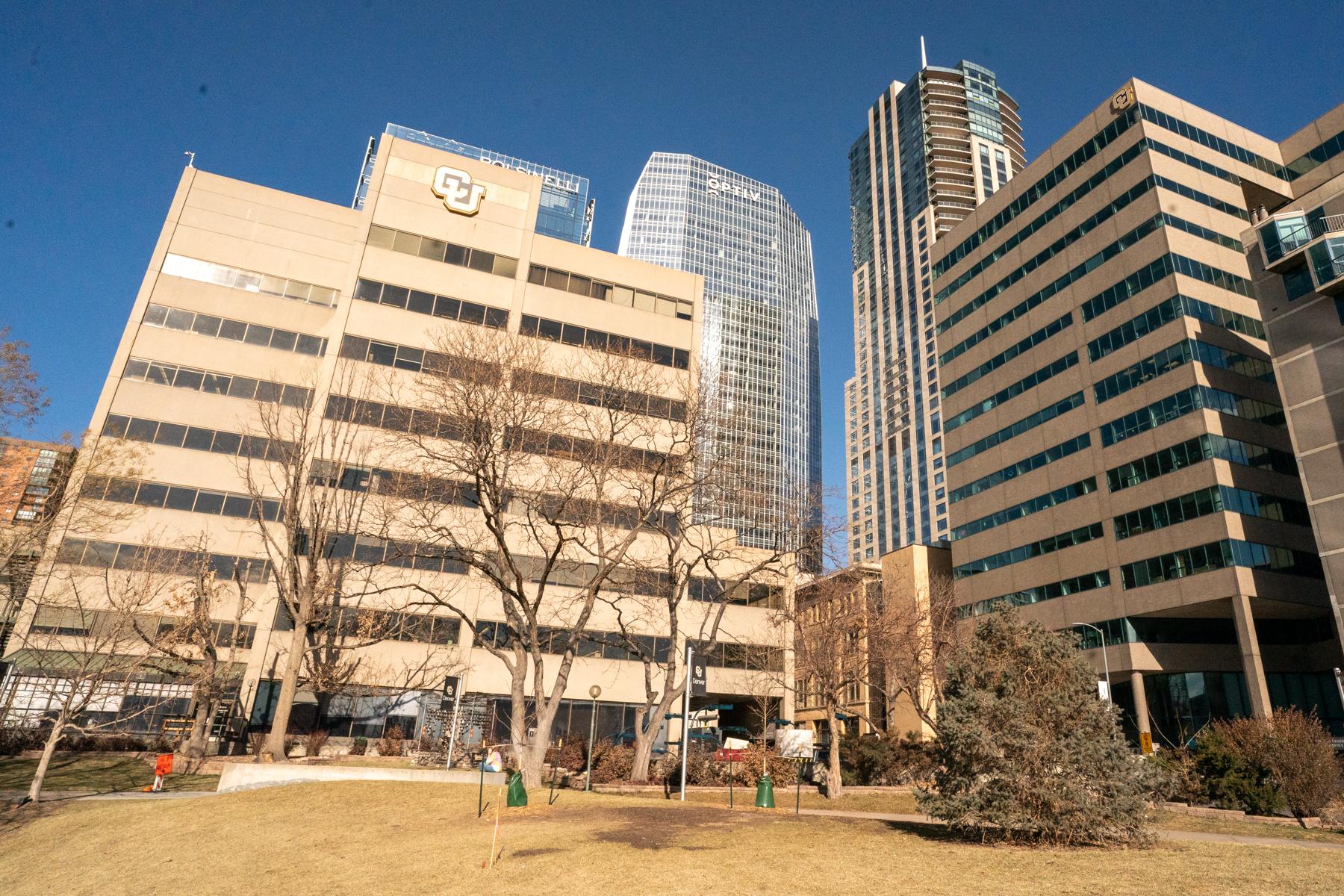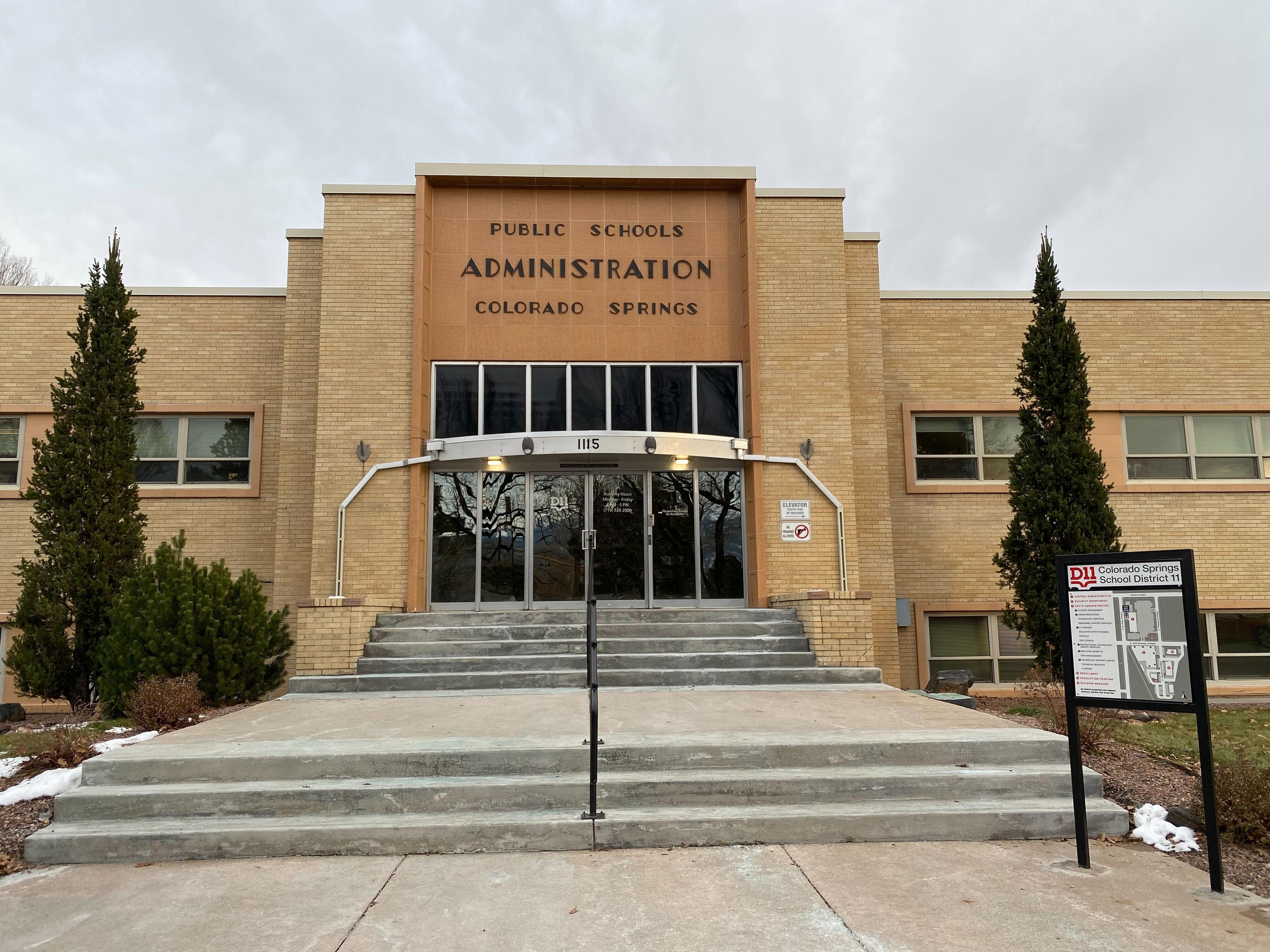
Serious Colorado skiers know that if you want to get to the mountains west of Denver in a timely manner on a weekend morning, you’d better be zipping past C-470 by 6 a.m.
Five years ago, that deadline was more like 6:30 a.m. But as more people move to the Front Range, Interstate 70 has become busier for longer periods of time.
“There are just [only] so many cars you can put in two lanes of highway,” said Steve Harelson, the Colorado Department of Transportation’s chief engineer. “The only way to get more people up there is to spread that peak out.”
During the winter of 2014-15, it took an average of 70 minutes to drive west from C-470 to Dillon during the 7 a.m. hour on a winter weekend. That’s according to travel data provided by CDOT. In the 2018-19 winter, that drive took 86 minutes — and the 6 a.m. drive was nearly as bad as the 7 a.m. period was five years before — 67 minutes.

Here’s what westbound travel times look like over every weekend going back to 2014-15.
More and more skiers are getting up earlier and earlier to beat traffic. But only so many people (and their cars) can do that before travel starts to slow. The raw number of vehicles traveling through the Eisenhower-Johnson Memorial Tunnels has grown by about 3 and 5 percent every year since 2011, topping out at more than 13 million cars and trucks in 2018.
Return trips to Denver show a similar pattern. Travel times at 3 p.m. were roughly the same in 2018-19 as they were in 2014-15 at 4 p.m., when lifts close at most ski resorts.

And here are eastbound travel times for every weekend day going back to 2014-15:
At its busiest, Harelson said, the stretch of I-70 between the tunnels and C-470 can carry about 4,000 cars an hour. CDOT doesn’t have the billions of dollars necessary to expand the entire road to three lanes. And even if it did, the extra capacity would likely draw enough new cars that travel times wouldn’t improve for long.
So instead, CDOT focuses on a few trouble spots, like westbound I-70 at Floyd Hill, where the road drops from three lanes to two. The agency has identified about $350 million to go toward widening that part of the road, but it still needs about a quarter billion dollars more. Adding a toll to the new lane could help close that gap, Harelson said.
The opening of the 13-mile-long eastbound express lane near Empire Junction in 2015 helped keep travel times under control, Harelson said. A 12-mile westbound complement should open later in 2020.
Beyond that, ideas to address I-70 congestion are incremental. A truly transformative option — a $15 billion to $30 billion train from Denver to Summit and Eagle counties — isn’t being pursued right now. CDOT has recently started running buses, which are far more space-efficient than personal vehicles, to a handful of ski areas. Ridership on those is off to a modest start so far.
A recent op-ed in The Denver Post suggested a massive expansion of that bus program, in conjunction with a hefty toll on personal vehicles, could lead to much quicker travel times. CDOT would need permission from affected communities to add tolls to existing lanes, except for those on bridges and in tunnels.
So, legally speaking, CDOT could add tolls at some key spots of I-70 — if it wanted to.
“Politically, that's another question,” Harelson said. Tolls have historically been unpopular in the state.
“What we have to do is come up with a solution collaboratively and come up with something that everyone can live with,” he added. “There is no silver bullet.”
Skiers dead-set on driving can take steps to make the trip quicker and easier, Harelson said. Buy a good set of snow tires and have chains or tire socks handy. Leave even earlier to avoid peak travel times — even if those keep on growing.








